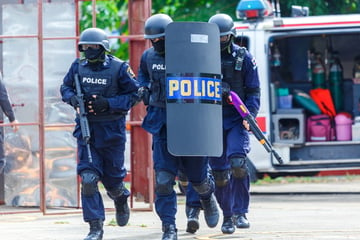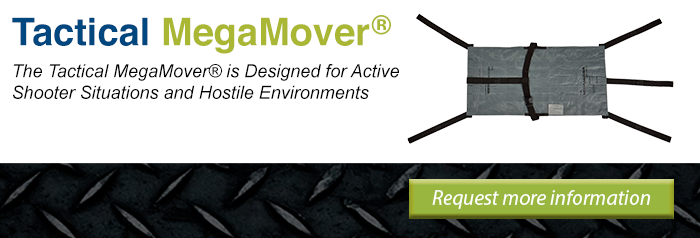 Active shooter events are on the rise. This is not a minor increase, but a drastic escalation. FBI data shows 35 incidents over a 5 year period from 2000 to 2005, yet 2017 alone accounts for 30 active shooter incidents in a single year. And the number of casualties has skyrocketed even higher. 2005 experienced 51 active shooter casualties, 2016 experienced 214, and 2017 saw a staggering 729 casualties from this violence.
Active shooter events are on the rise. This is not a minor increase, but a drastic escalation. FBI data shows 35 incidents over a 5 year period from 2000 to 2005, yet 2017 alone accounts for 30 active shooter incidents in a single year. And the number of casualties has skyrocketed even higher. 2005 experienced 51 active shooter casualties, 2016 experienced 214, and 2017 saw a staggering 729 casualties from this violence.
And the risk and harm continue. In February of 2019, a mass shooter killed five people in Aurora, Illinois apartment shooting. Officers arrived on the scene in four minutes, and the rapid-fire that followed wounded five police officers while the gunman was fatally shot. This scene is becoming more and more common for first responders including Emergency Medical Services (EMS). This risk highlights the importance of Rescue Task Forces.
Rescue Task Forces
Rescue task forces are teams deployed to provide a point of wound care to victims in a hostile or mass casualty incident. These teams may consist of any combination of fire, police, and emergency medical personnel. Rescue task force teams are necessary to deal with the growing threat of active shooter situations, providing safety training for all personnel involved, as well as help coordinate responses to provide maximum efficiency at a rapidly evolving scene.
Avoiding Chaos
It's widely understood that 2 and 3 partner teams have trained together, being able to anticipate each other's actions and count on coordinated responses and planned reactions, such as a police patrol or an ambulance crew. As more people are involved, this coordination becomes more difficult, such as fire, police, paramedics, and more on the scene of a shooting. This lack of communication and familiarity can cause issues in both provider safety and the efficiency of a response if not addressed, which is why rescue tasks forces and active shooter training is so important. Preparation matters.
Training through WEMSA and ASHER
It is necessary to coordinate the training between police, fire, and EMS to reduce response time and increase safety for all. When minutes count, every action must be decisive. In order to help coordinate these efforts, the National Fire Protection Association (NFPA) has developed Active Shooter/Hostile Event Response program, or ASHER. ASHER helps to create unified language and planned incident responses that can be used by local organizations such as the Wisconsin EMS Association (WEMSA) to conduct training.
Equipment Matters in Response Times
As part of this training, first responders need to learn the right treatments, safety precautions, and also carry the right equipment -- such as a MegaMover®Tactical for fast and efficient patient transport. Just as it's time to modernize EMS practices to meet today's threats, we must also continue to upgrade equipment for wounds, sterility, and transportation. The MegaMover® Tactical is designed to help police, fire, and EMS professionals maximize every second when dealing with an active shooter or mass casualty incident. Don't waste precious seconds waiting for a clear and safe path for a rigid wheeled gurney.
Mass casualty and active shooter incidents are increasing, and it's up to administrators to meet this threat. Preparation is key to providing optimal responses from community coordination, common language, cooperative training, and specialized equipment to meet these needs. Learn more about equipping your EMS team with Graham Medical.

